hotline:020-29026320 |13903018415
-
-
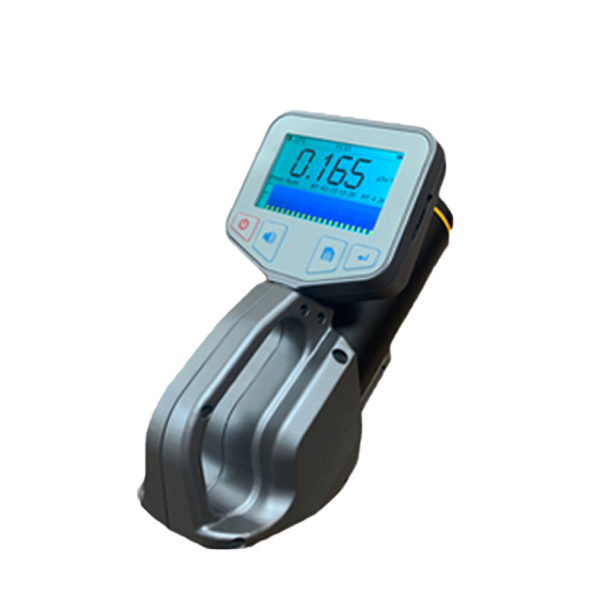
Radiation detection instrumentation
-
HYGP-2223 exposure type X, γ radiation measuring instrument
-
HYGP-2223BX, gamma dose rate meter (with tripod)
-
FI-329M intelligent household nuclear radiation detector
-
HY-2000M digital multi-channel gamma spectrometer
显示更多 -
-
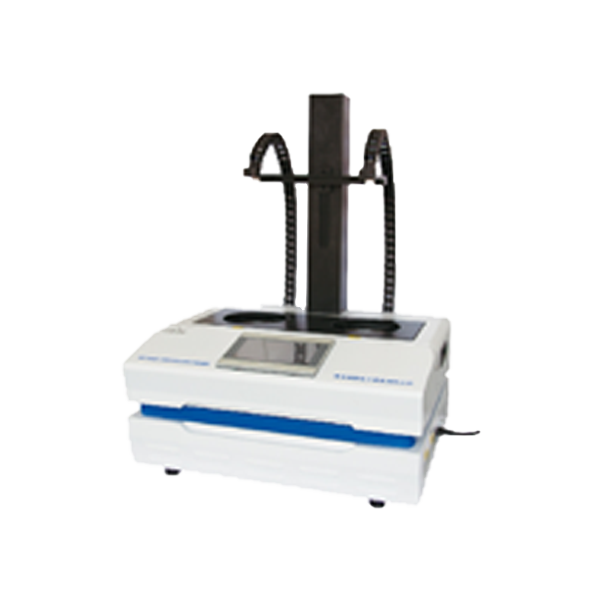
Laboratory Equipment
-
Radioactive distillation apparatus in water
-
2200Q portable turbidity meter
-
SPE Solid Phase Extraction Device
-
Portable spectrophotometer
显示更多 -
-
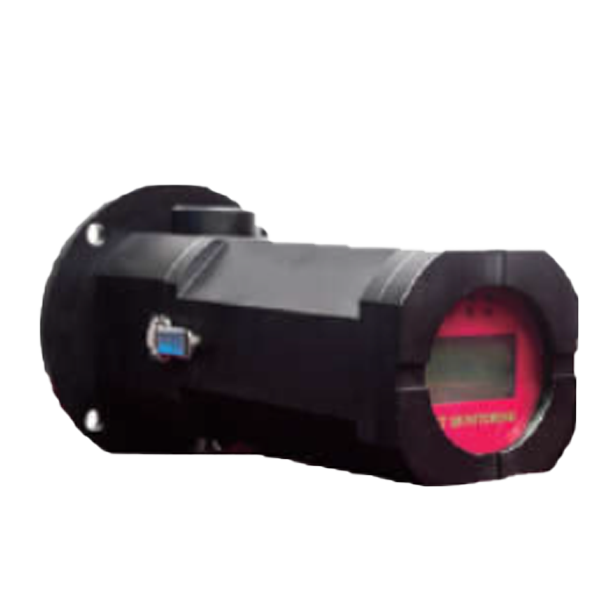
Portable environmental monitoring equipment
-
VOCs gas analyzer
-
Portable handheld VOC detector
-
Portable all-in-one multi-parameter analyzer
-
Dust detector
显示更多 -
-
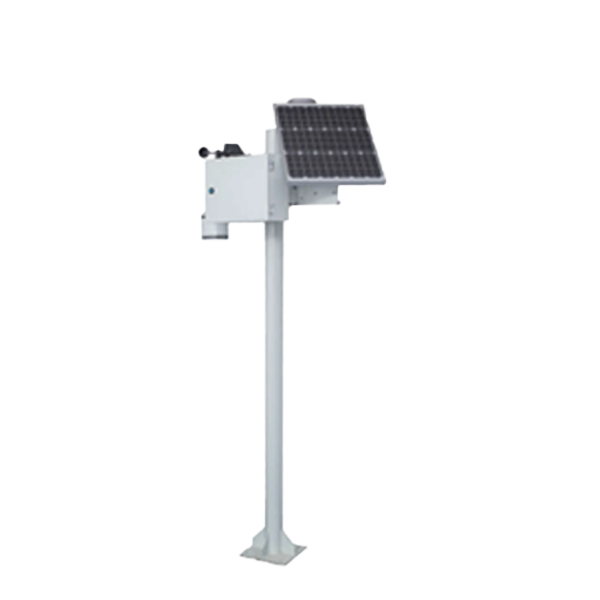
Environmental online monitoring system
-
CM-WG8200 grid air quality detection system
-
On-line monitoring system for CM-VOCs-5000 volatile organic compounds
显示更多 -
-
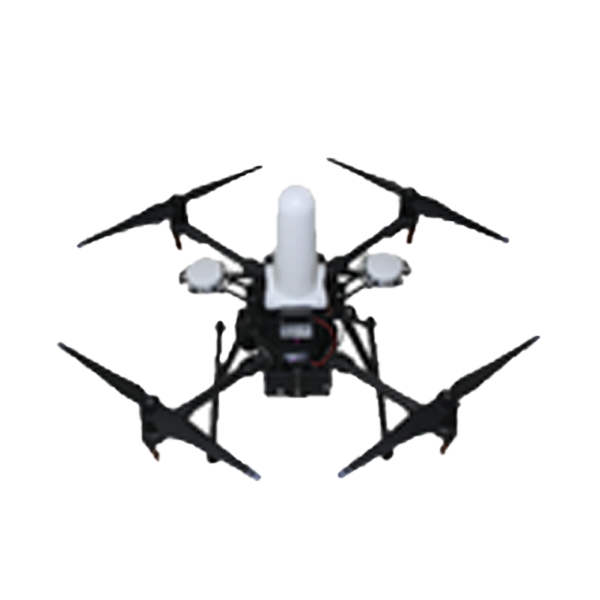
UAV Online Environmental Monitoring
-
OS-2 UAV Electromagnetic Environment Monitoring System
-
Nuclear emergency radioactive source search UAV
-
UAV Monitoring System
显示更多 -
-
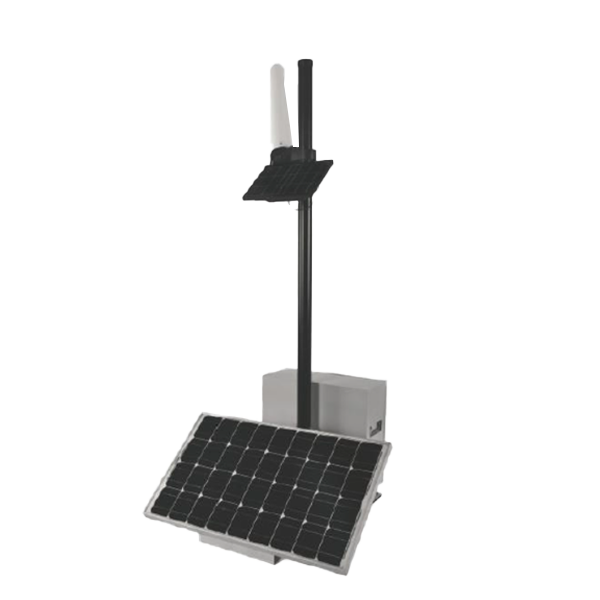
On-line Monitoring System of Electromagnetic Radiation
-
On-line Monitoring System of Electromagnetic Radiation
-
Automatic Monitoring System of HYEH460 Electromagnetic Radiation
-
HY-900A launch type radiation environment automatic monitoring station
-
OS-8 S Frequency Selective Electromagnetic Environment Online Monitoring System
显示更多 -
-
Demystifying Portable Environmental Monitoring Equipment: How It Works
2025-08-04
Introduction to Portable Environmental Monitoring Equipment
Ever wondered how scientists and researchers keep tabs on the environment around us? Enter the world of portable environmental monitoring equipment! These nifty devices are the unsung heroes in the fight against pollution and climate change. Let’s dive into how they work, and why they matter.
What Is Portable Environmental Monitoring Equipment?
At its core, portable environmental monitoring equipment is designed to measure various environmental parameters like air quality, temperature, humidity, and even noise levels. Think of them as mini-labs on the go! Whether in a bustling city or a remote area, these devices provide real-time data that can be crucial for research and policy-making.
The Working Principle Behind the Magic
Let’s break it down. Most portable environmental monitoring devices operate on a few key principles:
- Sensor Technology: These devices utilize sensors capable of detecting specific environmental factors. For instance, gas sensors can identify pollutants like CO2 and NO2. Cool, right?
- Data Collection: Once the sensors pick up data, it’s transmitted to a microcontroller, which processes the information. This is where the magic happens! The microcontroller can filter noise and ensure that the data is accurate.
- Data Transmission: After processing, the data is sent out for analysis. This could be done via Bluetooth, Wi-Fi, or even cellular networks. Imagine all that information flying through the air!
- User Interface: Finally, the collected data is presented to users through an app or a web dashboard. This allows users to visualize trends, make comparisons, and perhaps, take action. Pretty nifty, huh?
Types of Portable Environmental Monitoring Equipment
Now that we’ve got the basics down, let’s explore the different types of equipment available:
- Air Quality Monitors: These devices assess pollutants in the air, helping communities understand their air quality index (AQI).
- Water Quality Sensors: Used to monitor pH levels, turbidity, and contaminants in water bodies, crucial for maintaining safe drinking water.
- Noise Level Meters: Ever been annoyed by loud construction? These meters measure sound levels and help enforce noise regulations.
- Weather Stations: From temperature to humidity, these portable stations provide comprehensive weather data.
The Benefits of Going Portable
So, why bother with portable devices? Well, let’s count the ways:
- Accessibility: Being portable means you can take them anywhere. You could be in a park, on a beach, or even in your backyard!
- Real-Time Data: The ability to collect and analyze data on the spot allows for quicker decision-making.
- Cost-Effectiveness: Many portable devices are more affordable than setting up permanent monitoring stations.
- Community Engagement: These devices empower citizens to monitor their own environment, fostering a sense of responsibility.
Challenges and Considerations
Of course, it’s not all sunshine and rainbows. There are challenges as well:
- Calibration: Regular calibration is essential to ensure the accuracy of readings. Neglecting this can lead to misleading data.
- Battery Life: Since these devices are portable, battery life is a crucial factor to consider.
- Data Overload: With real-time data collection comes the challenge of processing and analyzing vast amounts of information.
Looking Ahead: The Future of Environmental Monitoring
As technology continues to evolve, so does portable environmental monitoring equipment. We’re likely to see improvements in sensor technology, data analysis algorithms, and user interfaces. Exciting stuff! And who knows? Maybe one day, you’ll have a tiny device that can monitor everything from air quality to your favorite plant’s health right in your pocket.
Conclusion
In a world where environmental issues are at the forefront, portable environmental monitoring equipment is more important than ever. These devices are not just tools; they are a bridge between science and everyday life, empowering individuals and communities to make informed decisions. So, the next time you see one of these gadgets in action, you’ll know just how much work and technology goes into keeping our planet healthy!
Previous Page:

COOKIES
Our website uses cookies and similar technologies to personalize the advertising shown to you and to help you get the best experience on our website. For more information, see our Privacy & Cookie Policy
COOKIES
Our website uses cookies and similar technologies to personalize the advertising shown to you and to help you get the best experience on our website. For more information, see our Privacy & Cookie Policy
These cookies are necessary for basic functions such as payment. Standard cookies cannot be turned off and do not store any of your information.
These cookies collect information, such as how many people are using our site or which pages are popular, to help us improve the customer experience. Turning these cookies off will mean we can't collect information to improve your experience.
These cookies enable the website to provide enhanced functionality and personalization. They may be set by us or by third-party providers whose services we have added to our pages. If you do not allow these cookies, some or all of these services may not function properly.
These cookies help us understand what you are interested in so that we can show you relevant advertising on other websites. Turning these cookies off will mean we are unable to show you any personalized advertising.
online message
Telephone:13903018415(Manager Wang)
Business: 020-29026320
E-mail:wangxueli@haiyoukj.com
Address: Room 703, Tian 'an Innovation Building, Panyu Energy Saving Science Park, 555 Panyu Avenue North, Donghuan Street, Panyu District, Guangzhou

Sweep code attention

